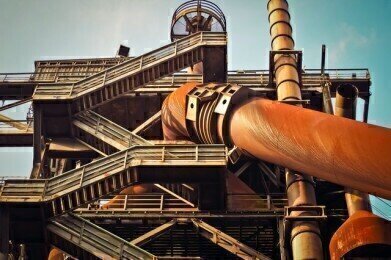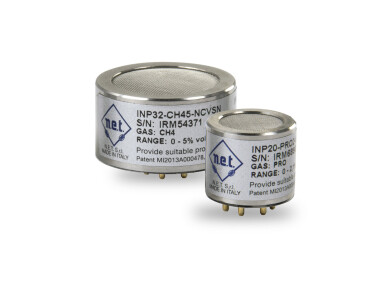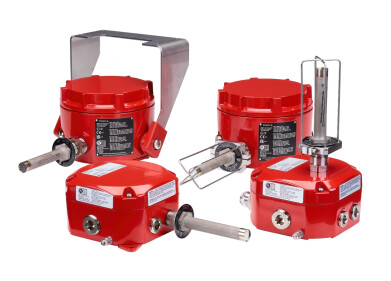Safety
What Are the Benefits of Condition Monitoring?
Dec 21 2021
Productivity is critical in the oil and gas industry, with a study conducted by international oil and gas market research company Kimberlite revealing unplanned downtime costs the average offshore oil and gas company around US$49 million per year. For the worst performers, this figure can climb to a huge US$88 million or higher.
Preventing unplanned downtime is one of the core goals of condition monitoring (CM), which relies on a variety of different techniques to monitor the condition of machinery. Data is collected and compared with baseline figures, with irregularities used to detect changes that could indicate a developing mechanical issue.
As well as minimising unplanned downtime, condition monitoring offers some worthwhile benefits for oil and gas producers. We explore some of the most valuable below:
Detecting wear on metal components
Wear on metal components can compromise efficiency long before unplanned downtime occurs. For example, while a deteriorating gear tooth may not result in unplanned downtime for several months, without condition monitoring it could compromise efficiency for weeks before the issue is identified.
Analysing oils and lubricants is one of the best ways to detect early wear on metal components. Traces of rust and other contaminants in oil can reveal mechanical issues in other parts of the machine. With studies suggesting just 3.65 days of unplanned downtime can cost oil and gas producers more than US$5 million, a simple oil assay pays for itself.
Minimising maintenance costs
While preventative maintenance is a good way detect early faults and keep machinery operating at full capacity, statistics published by the U.S. Department of Energy suggest predictive maintenance offers financial savings of up to 12%. Compared to reactive maintenance, predictive maintenance can translate to savings of up to 40%.
This is because predictive maintenance, also known as condition monitoring, actively detects mechanical faults as they occur. In comparison, preventative maintenance takes a time-based approach which is useful for detecting faults but can also be unnecessary. Condition monitoring allows operators to monitor mechanical performance in real-time and schedule repairs only when needed. Ultimately, this makes it a more cost-effective maintenance strategy.
Extending asset lifespan
Condition monitoring takes a dynamic approach to maintenance and identified issues in the earliest possible stages. This allows operators to address issues and repair faults before they damage other parts of the machine. In the long term, this helps to extend the lifespan of mechanical assets.
Want to know more about condition monitoring? From its roots in 19th-century railway maintenance to the latest techniques used by modern engineers, don't miss this complete guide: 'Condition Monitoring: Everything You Need to Know'.
Digital Edition
PIN 26.1 Feb/Mar 2025
March 2025
Analytical Instrumentation - Elemental Analysis for Quality and Process Control at Refineries, for Lubricants and Wear Metals in Engine Oils - Synthetic Lubricants: New Developments - Scaling...
View all digital editions
Events
Mar 17 2025 Houston, TX, USA
Mar 18 2025 Beijing, China
Mar 19 2025 Manila, Philippines
Mar 20 2025 Brussels, Belgium
Mar 20 2025 Guangzhou, China






.jpg)





.jpg)






